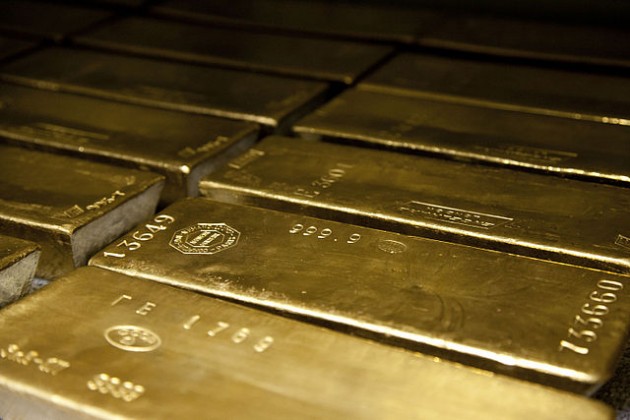
Irving Resources receives approval for mineral prospecting on Japanese island
by Canadian Manufacturing.com Staff

Irving filed applications for 25 mineral prospecting licenses totaling 86.53 sq km covering a prospective area on Japan's Sado Island

PHOTO: Andrzej Barabasz, via Wikimedia Commons
Irving filed applications for 25 mineral prospecting licenses totaling 86.53 sq km covering a prospective area on Sado Island, a small island west of Japan’s main island. The recent approval of these licenses gives Irving rights to mineral resources covered by these claims.
Sado Island is host to the Sado Kinzan gold mine, owned by Mitsubishi Materials Corp, and around 30 smaller mines.
Gold was discovered at Sado Kinzan in 1601 and was mined continuously for 388 years making it one of the longest lived gold mines on earth. Recorded production totals 2.51 million oz Au (average grade 5.2 gpt) and 74 million oz Ag (average grade 153 gpt).
Veins at Sado Kinzan are classed as epithermal but are unusual because they were productive over vertical distances of several hundred meters. Such vertical continuity is more typical of alkaline gold deposits. Extensive potassic alteration in the form of adularia, potassium-rich feldspar, is common at Sado Kinzan, and gold and silver telluride minerals are present, both attributes common to alkaline gold deposits. Irving’s view is that Sado Kinzan is a hybrid epithermal-alkaline gold deposit.
Ground reconnaissance by Irving in 2017 identified areas of significant adularia alteration across the Sado Island license area. Pieces of vein float similar to that at Sado Kinzan were also identified. Irving plans to undertake specialized stream sediment sampling using a technique called bulk leach extractable gold (“BLEG”). BLEG sampling produces highly sensitive results that can help identify new mineralized areas and was proven to work well at Irving’s Omu Gold-Silver Project in Hokkaido, Japan.